Nagakubo to Karuizawa
Nagakubo to Mochizuki
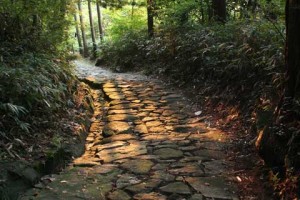
Ashita post-town was described in the 1880s as a ‘shabby looking village’, and little seems to have altered since then to change that impression. The exception, however, is the fine honjin which claims to be the oldest on the Nakasendo and which has been preserved in excellent condition. This is somewhat surprising since Ashita was only a small ... [Read more]
Mochizuki to Ashita
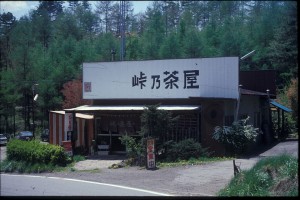
Proximity to Wada-toge meant that, even though it was only a medium sized post-town with a population of 720 in 1843, Nagakubo maintained a higher than average proportion of inns. There were 43 recorded in the census that year, and the fact that there were a considerably higher number of females compared to males suggests most of them had a full ... [Read more]
Ashita to Shionada
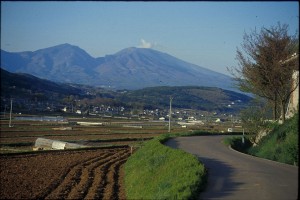
Departing the sake brewery, it is just over one more mile to Mochizuki along curving roads through rolling countryside. There was a castle on a hill above the town at the end of the Warring States period, but it was destroyed in the early 17th century along with many other small castles. Mochizuki was ordered to be a post-town, but went into slow ... [Read more]
Shionada to Otai
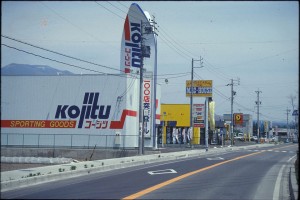
The highway at Shionada crosses high above the Chikuma River over a brightly painted bridge. In the Edo period the river crossing was famous for its two smaller bridges which spanned the river, touching down on the island in the middle. The river not only forms the headwaters of the Shinano River, Japan’s longest river, but was the focus of ... [Read more]
Otai to Oiwake
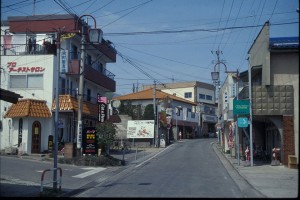
Otai is a quiet, well-preserved former post-town. The highway is wider here than in many Edo period post-towns, yielding an air of spaciousness. Among the old buildings which have survived is, unusually, the tonya , one of the two which originally were in the town. In addition to the honjin and waki-honjin, there were only five inns in ... [Read more]
Oiwake to Karuizawa

Karuizawa might have shrunk into quiet decay like many old post-towns, including neighboring Oiwake, but instead it has developed into a summer resort area. Its population of about 20,000 can be swamped by the tens of thousands of visitors up from Tokyo for a week or a day. Karuizawa was “discovered” by foreign missionaries around the turn of ... [Read more]
